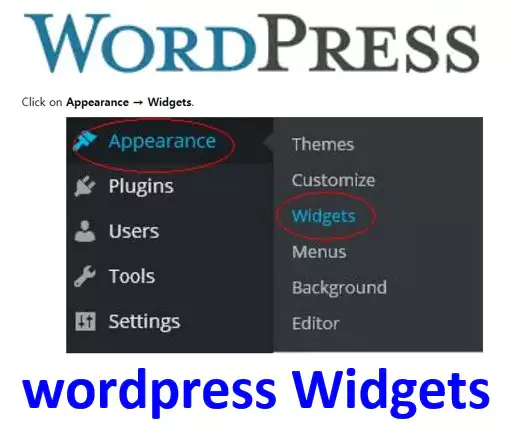Creating Custom WordPress Widgets for Beginners
Creating Custom WordPress Widgets for Beginners
Widgets are an essential part of WordPress that allow you to add various functionalities to your website. While WordPress provides a plethora of widgets, sometimes you may need to create your own custom widget to achieve your desired functionality. In this article, we will go through the process of creating a custom WordPress widget step-by-step.
[Wordpress Best Tips & Tricks – Top 10 !!]
[Wordpress Best Tips & Tricks – Top 10 !!]
What is a WordPress Widget?
WordPress widgets are small blocks of content or functionality that you can add to your website’s sidebars or other widgetized areas. They allow you to add various elements like text, images, social media icons, calendars, search boxes, and more. WordPress comes with many pre-built widgets, but sometimes you may need to create a custom widget to achieve your desired functionality.

How to Create a Custom WordPress Widget?
To create a custom WordPress widget, you need to follow these steps:
Step 1: Create a new PHP file for your widget
Creating Custom WordPress Widgets for Beginners
The first step is to create a new PHP file that will hold the code for your widget. You can create a new file in a text editor like Notepad or TextEdit and save it with a .php extension.
[Useful tips and information for wordpress]
Step-by-Step Guide to Installing WordPress
Overview of the WordPress Dashboard
How to Customize Your WordPress Site’s Title and Tagline
How to Configure WordPress Permalinks for SEO
Customizing a WordPress Theme Appearance
Step 2: Create the widget class
In the new PHP file, you need to create the widget class. You can do this by creating a new class that extends the WordPress WP_Widget class. This will give your widget access to all the functionality that WordPress widgets have.
Step 3: Set up the widget options
In the widget class, you need to define the widget options like its name, description, and widget settings. You can do this by overriding the __construct() method of the WP_Widget class.
Step 4: Define the widget output
After defining the widget options, you need to define the output of the widget. This is done by overriding the widget() method of the WP_Widget class. This method is responsible for displaying the widget’s content.
Step 5: Register the widget
Finally, you need to register the widget with WordPress. This is done by calling the register_widget() function and passing in the name of your widget class.
Conclusion
Creating a custom WordPress widget may seem daunting at first, but it is a relatively straightforward process. By following the steps outlined in this article, you can create your own custom widget and add it to your website’s widgetized areas.
Summary
Creating Custom WordPress Widgets for Beginners
In this article, we have explained the process of creating a custom WordPress widget step-by-step. We have outlined the necessary steps like creating a new PHP file, defining the widget options, defining the widget output, and registering the widget. By following these steps, you can create your own custom widget and add it to your WordPress website.